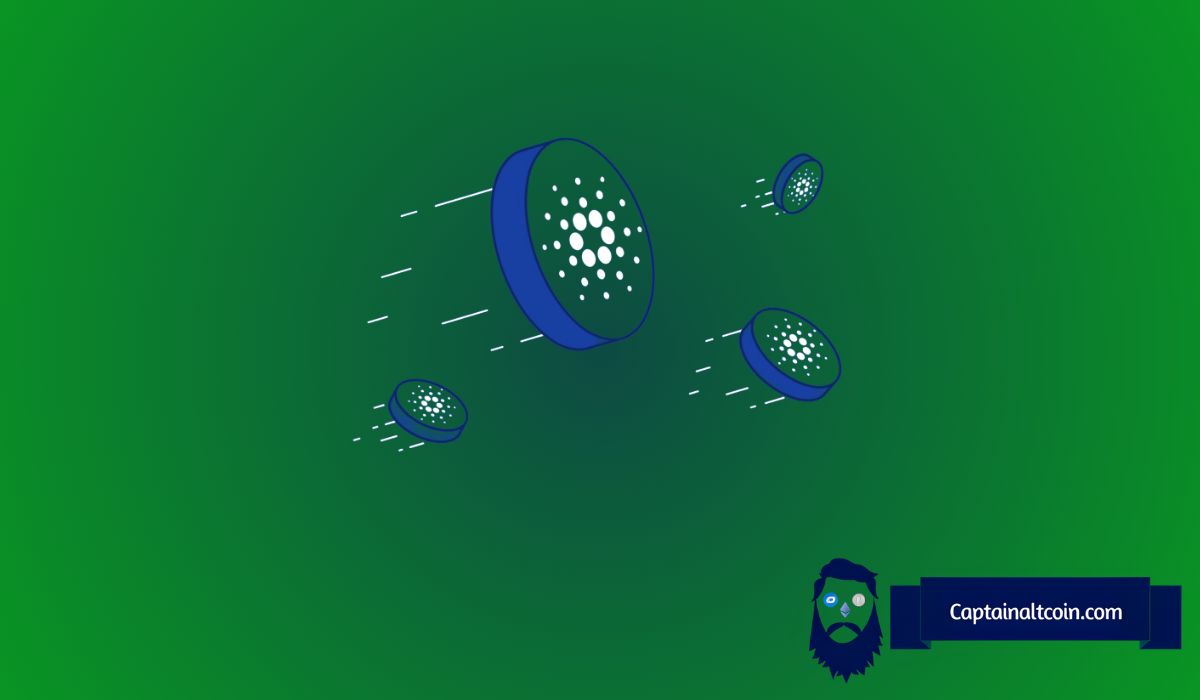For the first time in nearly eight years, Solana has overtaken Ethereum as the leading ecosystem for new developers. A report by Electric Capital on December 12 revealed that more developers are now flocking to Solana than Ethereum. It marks a significant shift in the blockchain space. Solana’s rapid rise has captured the attention of developers worldwide, particularly in Asia, where the platform has experienced massive growth.
1. New Developers, New Trends
The rise of blockchain technology and cryptocurrencies has significantly impacted industries beyond traditional finance, including online gambling. New technologies offer players a secure, fast, and efficient way to deposit and withdraw funds. Rising platforms are recognizing these trends and are taking advantage of the new crypto tech offers. The benefits of using crypto in online casinos include lower transaction fees and greater privacy. In particular, the emergence of no KYC crypto casinos, most of which editor-in-chief Philip mentioned in his article, has become a trend in the iGaming space.
These platforms allow players to wager without the need for traditional Know Your Customer (KYC) procedures. These are often a hurdle for players seeking anonymity. No KYC crypto casinos offer users the freedom to engage in online gaming while protecting their identity. Thus, they further fuel the appeal of cryptocurrencies in the gambling industry.
2. Solana Overtakes Ethereum in New Developer Growth
Solana’s developer ecosystem has experienced substantial growth this year, onboarding 7,625 new developers. It marks a notable increase compared to Ethereum, which onboarded 6,456 new developers in the same period. It is the first time since 2016 that Solana has surpassed Ethereum in terms of new developer activity. That signals a shift in developer preferences.
Solana’s rise is attributed to various factors, including its technical capabilities, lower transaction fees, and faster processing speeds. Solana saw a major increase in developer activity from the previous year. This growth was especially significant in Asia, becoming a primary hub for new developers building on Solana’s blockchain.
3. Solana’s Growth and Ethereum’s Dominance
Despite Solana’s rise, Ethereum remains the top ecosystem in total developer activity. Ethereum continues to lead globally, with 6,244 active developers each month, a 17% decrease from the previous year. While Solana may be catching up in the race for new developers, Ethereum boasts the most significant developer base worldwide. It dominates in key regions like North America, Europe, and Africa.
– Advertisement –
One of the driving forces behind Ethereum’s continued dominance, and its price topping $4000, is its thriving layer-2 networks. They have grown 64% since 2021. Layer-2 solutions, scaling Ethereum by processing transactions off-chain, account for 26% of all monthly crypto developers working on Ethereum. Among these networks, Eigenlayer, Ethereum’s primary restacking protocol, was highlighted as one of the fastest-growing ecosystems. It witnessed a 167% increase in monthly developers.
4. Global Growth of Crypto Development
Electric Capital’s report also highlighted a broader trend of crypto development spreading across the globe. Developer activity is increasing in Africa, South America, and Asia. In particular, Asia leads the charge with 32% of global cryptocurrency developers. India is among the most significant contributors to new developer onboarding in 2024. It reflects the country’s growing interest in blockchain and crypto.
5. A Growing Crypto Developer Ecosystem
While Solana has gained traction as a hub for new developers, the overall number of developers entering the crypto space this year has decreased by 7% compared to 2023. The total number of new developers joining the blockchain world in 2024 was 39,148, down from the record-high figure of 77,000 developers in 2022. Despite this decline, the crypto ecosystem remains resilient, with Solana and Ethereum leading developer growth.










